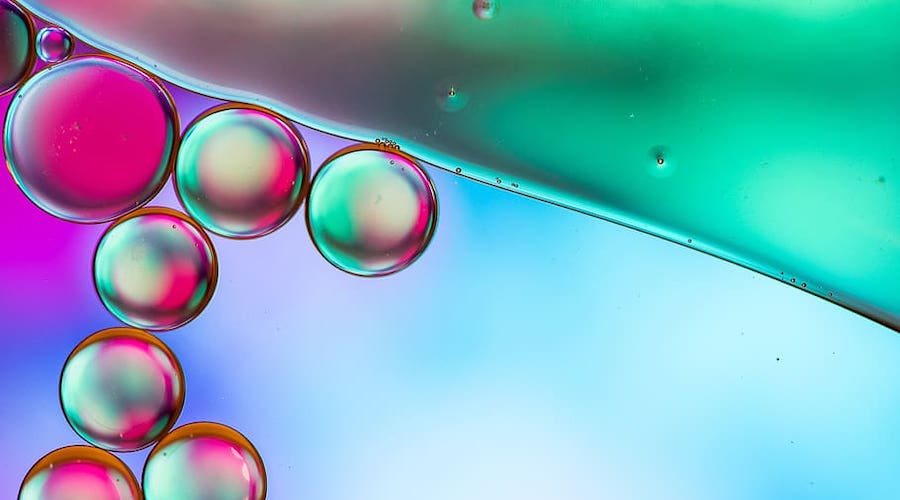
Using experimentation, machine learning, and powerful X-rays, researchers from the University of Chicago and the Argonne National Laboratory developed a capacitive deionization (CDI) device in which the molecular surface of the electrodes has been modified so that it can adsorb lead much more efficiently than similar devices.
Capacitive deionization is a technology in which a membrane made from electrode materials removes metal ions from water. It has proved a promising technique for next-generation water filters.
“Our future economy and national security really depend on the availability of clean water,” Junhong Chen, lead water strategist at Argonne, said in a media statement. “The only way to really address this water challenge is to look into the re-use of water. This could potentially drive the recovery of resources that are important for clean energy applications and move us toward a circular economy for our society.”
In Chen’s view, creating such a device could have wide-ranging implications. It could help remove lead from water to create safer drinking water, and it could help with the reuse of water by trapping phosphorus and lithium from a water supply, then releasing the phosphorus for use in fertilizer and the lithium for use in clean energy technologies.
The scientist explained that current technologies don’t have the ability to selectively separate trace amounts of different ions within water, or can only do so at high cost. While some technologies can separate metals, they cannot fully distinguish one kind of metal ion from another. This is important since while lead should be removed from drinking water, another metal, calcium, should be left in water because it is beneficial for human health.
CDIs have shown promise in removing selected metal ions by using carbon materials like graphene oxide in their electrodes. To improve these devices, the UChicago-Argonne team needed to better understand the interaction between molecules and ions at the surface of the device’s electrodes.
Using modelling and machine learning, co-researcher Maria Chan worked to understand how altering functional molecular groups—specific groups of atoms that have their own characteristics—on the electrode surface would affect the selectivity and removal of metal ions.
“Using computer models, we can understand and select functional groups at a molecular level. Using machine learning models, we can broaden the search to a number of different molecules that are potentially viable,” Chan said.
The scientists ultimately found functional groups that could attach to the graphene oxide as well as selectively adsorb different types of ions from the water. Their predictions were experimentally validated by Chen, showing that the device could much more efficiently remove lead from water with these new functional groups.
The team used the lab’s Advanced Photon Source, a high-energy X-ray, to understand the structure of lead in water samples and elucidate the interaction between the CDI and the lead.
Next, they plan to test the device using other metal ions, including lithium and cobalt.